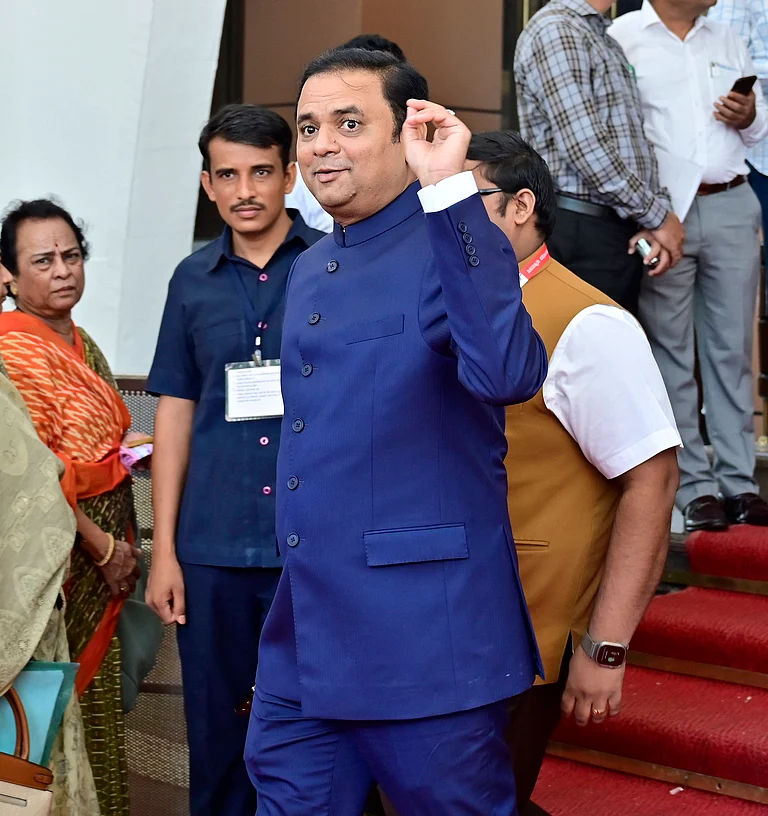His long and distinguished career notwithstanding, Surendra Nihal Singh never quite fitted in with the image of a typical journalist. He was far too well dressed to be a hack, his immaculate suits offering a stark contrast to his shabbily dressed peers. And compared to his fellow-editors, whose opinions sometimes bordered on bombast, Nihal Singh was almost always too understated.
The veteran journalist displays the same restraint as he looks back on his journalistic career, stretching well over half a century. He tells many anecdotes of his life and times, both in India and abroad, with a wry humour. His refreshing lack of pomposity is one of the strengths of this memoir.
But occasionally he makes one sit up with his startling candour, all the more effective because it is so nonchalant. For example: “I was something of a curiosity in the school, being the only turbaned Sikh boy, but I was, by all accounts, rather handsome, which I learned to my embarrassment by being called ‘the Rose’ by the vendor who sold coloured ice cones just outside the school. And once outside the school confines I was buggered, an experience I did not relish”. He moves on equally casually to the other schoolboy experience that caused him distress—a pillow fight—this time being far more forthright about his trauma.
Singh’s brutal frankness shows up later in the book as well. Making highly uncomplimentary references to several of his colleagues and contemporaries, he yet manages to sound detached: unemotionally slipping in the knife into quite a few of his peers.
Singh makes no secret of his fondness for Westerners, particularly women. A high point in his college life was hosting the Mountbattens’ young daughter, Pamela. He recollects with some pride escorting her to the Delhi University coffee house and how she invited him to a ball at the viceregal lodge. Later, on a fellowship to the US, he manages to find his way to a sofa next to Hollywood heartthrob Jayne Mansfield. He has even printed a photo to prove this is no idle boast. At 26, he lost his heart to a Dutch girl he met at a Sundar Nagar terrace party. She went on to become his wife and lifelong companion till her death in the late 1990s.
The book provides some fascinating vignettes about life lived by the Delhi elite in the two decades before and after Independence. His father, Gurmukh Nihal Singh, a prominent educationist, was Delhi Assembly’s speaker, then chief minister, followed by a stint as governor of Rajasthan. Singh notes how his father’s brief stint as Delhi chief minister was marked by the city’s first prohibition, imposed on Morarji Desai’s insistence. But his own journalistic colleagues spread it about that the chief minister had clamped prohibition on the capital to check his own son!
But what doesn’t work in the book is Singh’s uninsightful commentary on events in India and abroad as they unfolded over half a century. The in-house wrangling that he faced in a string of editorial positions in various newspapers may also be a bit tedious for the average reader. But do plod on: there are some interesting insights awaiting you into what happened in The Statesman just around the imposition of the Emergency.






















